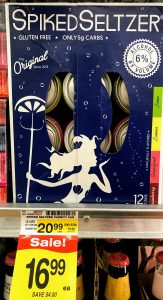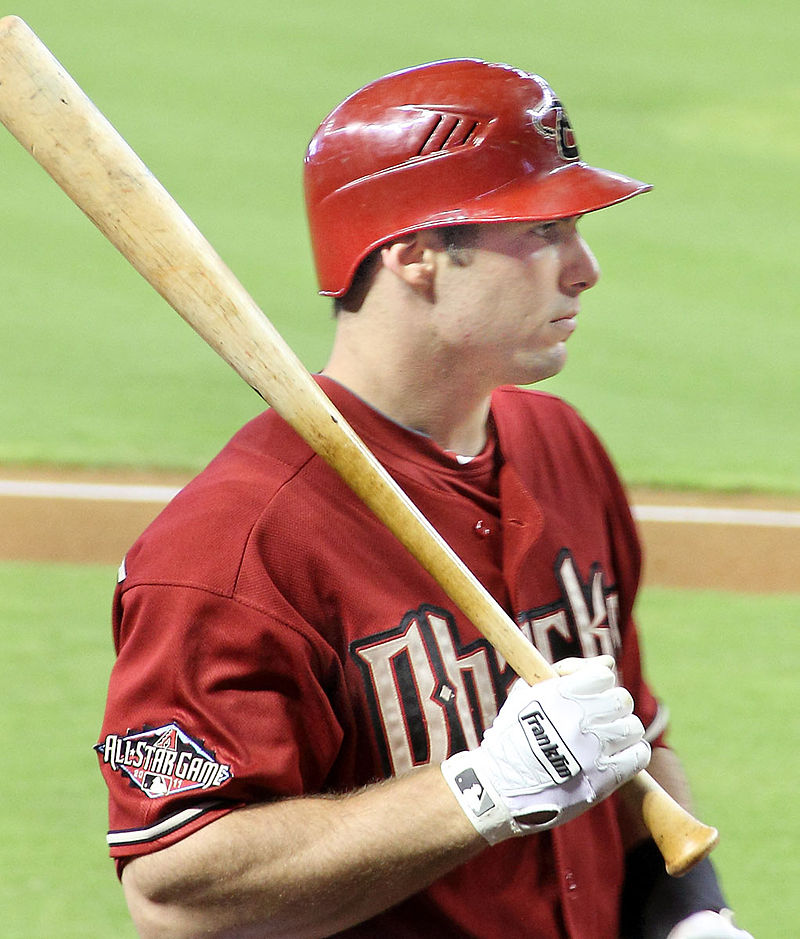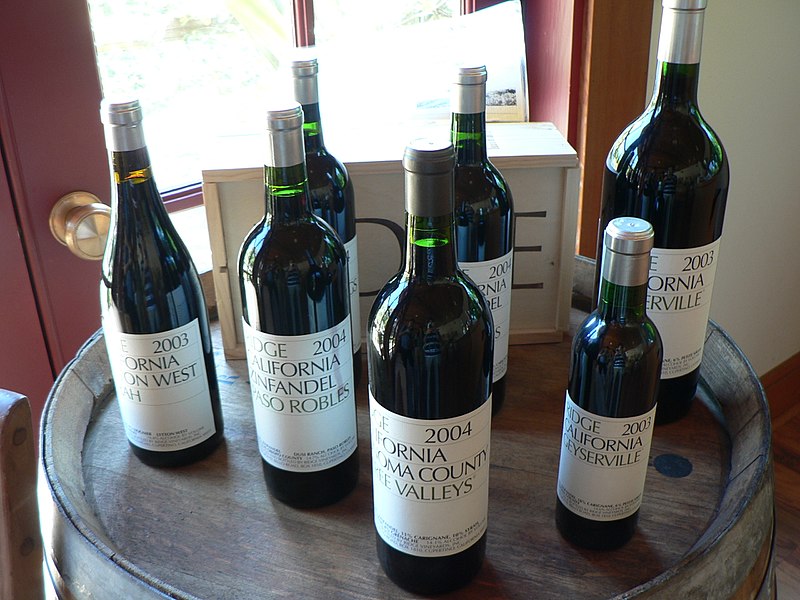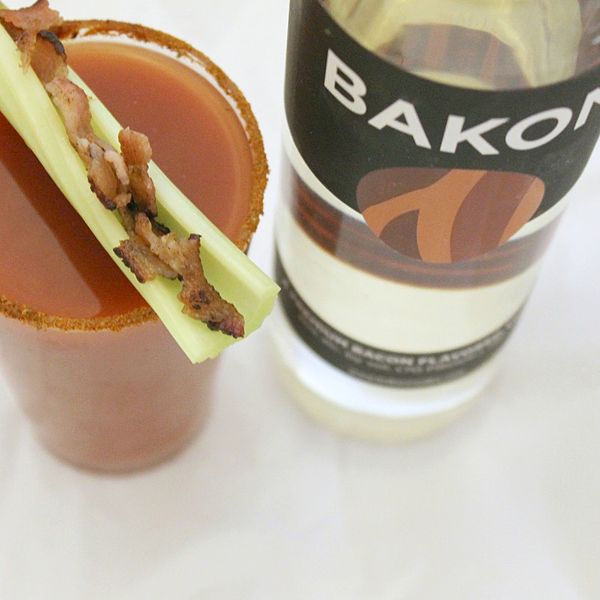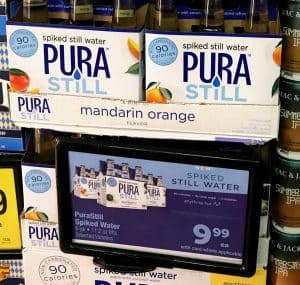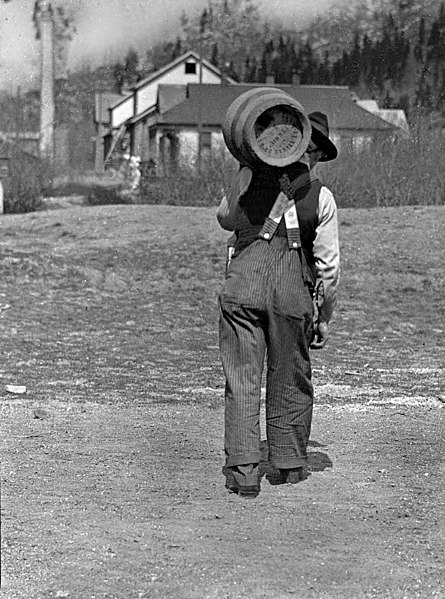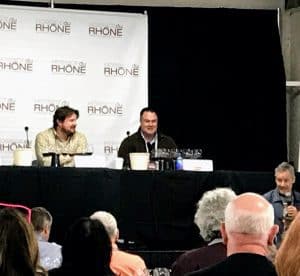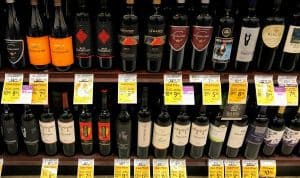Two things have been rummaging through my thoughts this past week. One has been Rob McMillan’s very sobering post on The Email You Don’t Want to Get. Though published a few weeks ago, his write-up about a father and his daughter’s disappointing experience at more than a dozen wineries is still generating new comments and conversations popping up on my social media feeds.
The second is this now infamous video of a guy retaliating against someone reclining her seat on a flight from New Orleans to Charlotte.
This video has the internet legitimately divided .
Dude is in the last seat on the plane. Seat doesn’t recline.
Hers does. And she reclines.
He’s upset, and is punching her seat incessantly— so she records.
Who is right?!
Who is wrong?!See you at 7p on #FOX5LION@fox5dc pic.twitter.com/jjjTLLwvEc
— Marina Marraco (@MarinaMarraco) February 12, 2020
Friends on my personal Facebook account know that I have a lot of thoughts about that video. But as I ruminated on this and McMillan’s missive, it struck me that the fundamental issues behind both were quite similar.
At the heart of these conflicts and failings, was a point when folks stopped looking at the person they were interacting with–the wine club members coming in to taste, the person in seat 27A–as people.
And they became “things.”
A guest.
A club member.
Another visitor.
Another passenger.
A potential sale.
A bastard.
It doesn’t matter if we assign positive or negative connotations to the terms. There is still an empathy gap that emerges as soon as we look past the person to what we feel they are to us. It creates a blind spot that keeps us from seeing what we are (and what we’re doing) to them.
Go back to McMillan’s letter
Many folks have noted that the wineries in question probably thought they did a good job. They had wine club members come in, poured wine and got the sale. Way to go team!
Though here’s the thing. These wineries didn’t just have a wine club member visit–some generic entity. They had Craig and Amy (I’m making up names for the father and daughter) visit–two unique individuals with their own feelings, expectations and history with each winery. Yet, when they walked through the door, their identities vanished and they became just club members, guests or potential sales. They became “things” whose value to wineries could be measured in numbers–bottles sold, daily visit count or new member sign-ups. And they were treated as such.
But the problem with treating people like things is that they start to feel like that’s all they are to you. You could tell from Craig’s note that he and his daughter certainly think that their value to wineries is measured in dollar signs.
I fully realize as a consumer/collector I’m not on anyone’s radar and certainly no ‘whale’ in any way, but we focused on reserve wines, bought at every winery and did drop over $10,000 in total. My daughter noted ‘that’s probably negligible in this great economy’. As an aging Boomer, well out of the 1%, I hadn’t considered that. — From “The Email You Don’t Want to Get“, February 8th, 2020
So if his worth as a wine club member doesn’t measure up with thousands of dollars spent, then–in his mind–why bother?
But, again, the wineries likely don’t think that they did anything wrong.
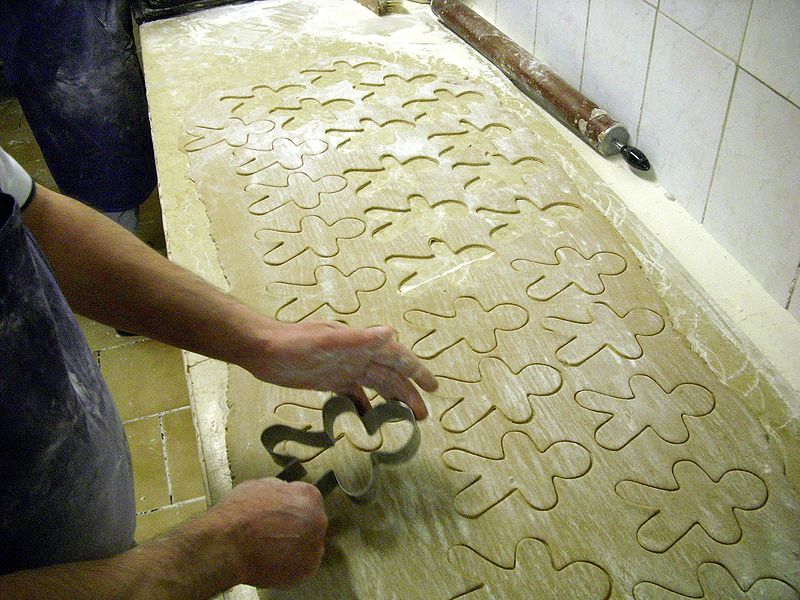
There’s no recipe for customer service that works with every person.
To some degree, it’s obliviousness, but really it’s a by-product of the tasting room mindset. In many wineries, tasting room staff are measured by metrics that commoditize consumers. There are bonuses for signing up new wine club members and commission on wine sales.
Some places utilize mystery shoppers and NPS (Net Promoter Score) to gauge customer service, but even that sets up a cookie-cutter “teach to the test” mentality. It imparts the impression that if you do A, B & C then your guests must be happy. In some cases, that’s true. But it overlooks the weighting that different things have on each guest.
For most mystery shop and NPS surveys, not saying “Thank you” at the end deducts only one or two points. Not great, but it doesn’t bomb your score. However, not being thanked by any of the 15 wineries they visited undoubtedly felt like a bomb to Craig and Amy.
It’s the same with greeting–such a small thing that usually has a similarly small point value. Yet something as simple as hearing your name can have an immeasurable impact on a consumer, making them feel seen as a person.
And, ultimately, that’s really what we all want–to be seen as a person.

Yeah…it’s tight for everybody.
Now let’s go back to the airplane video. You can spend hours going around who’s to blame and how much blame any of the three parties involved (puncher, recliner, airline) merit. But if you step back and look at it dispassionately, you see a common thread.
The lady reclining didn’t view the guy trapped behind her as a person before she first reclined back, unannounced. She didn’t look at his situation in the back row or that he was eating, so when she jerked her seat back, it spilled his drink on his lap.
The guy behind didn’t view the lady in front of him as a person who may have had serious back issues that necessitated her needing to recline. Nor did he see a person who made a mistake and likely didn’t intend to cause his drink to be spilt. Instead, she became the villain who was making his flight more cramped and miserable. While he may have been a sympathetic character initially, his childish response of jarring her seat only escalated things.
Then there are the airlines which we know view passengers as commodities and not people. For the last several decades, seats and legroom continually get shrunk in a quest to fatten the bottom line. If space weren’t such a sparse commodity, tempers wouldn’t flare up so much over reclining. But instead, we have airlines measuring every inch they can possibly squeeze–not realizing the miles of value those inches hold to the people who fly.
We don’t want the wine industry to go down that path.
We don’t want to lose sight that this is–and will always be–a people-oriented business. People have feelings. They have needs, desires and expectations with the greatest of them being a simple acknowledgment that they exist.
People don’t want to be treated like just another guest or wine club member. They want to be treated as Craig and Amy.
The person sitting in seat 27A has an entirely different situation and perspective than the person in 26A. The only way you’re going to understand this (and avoid unnecessary conflict) is to engage them as the individual people they are–not as the commodity or “thing” you assign them to be.

